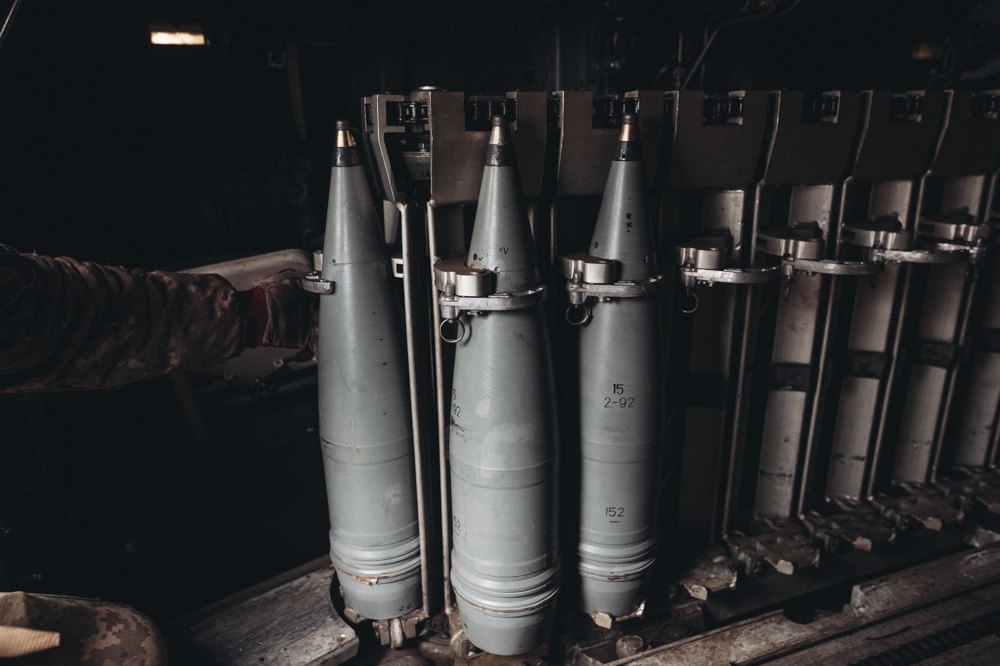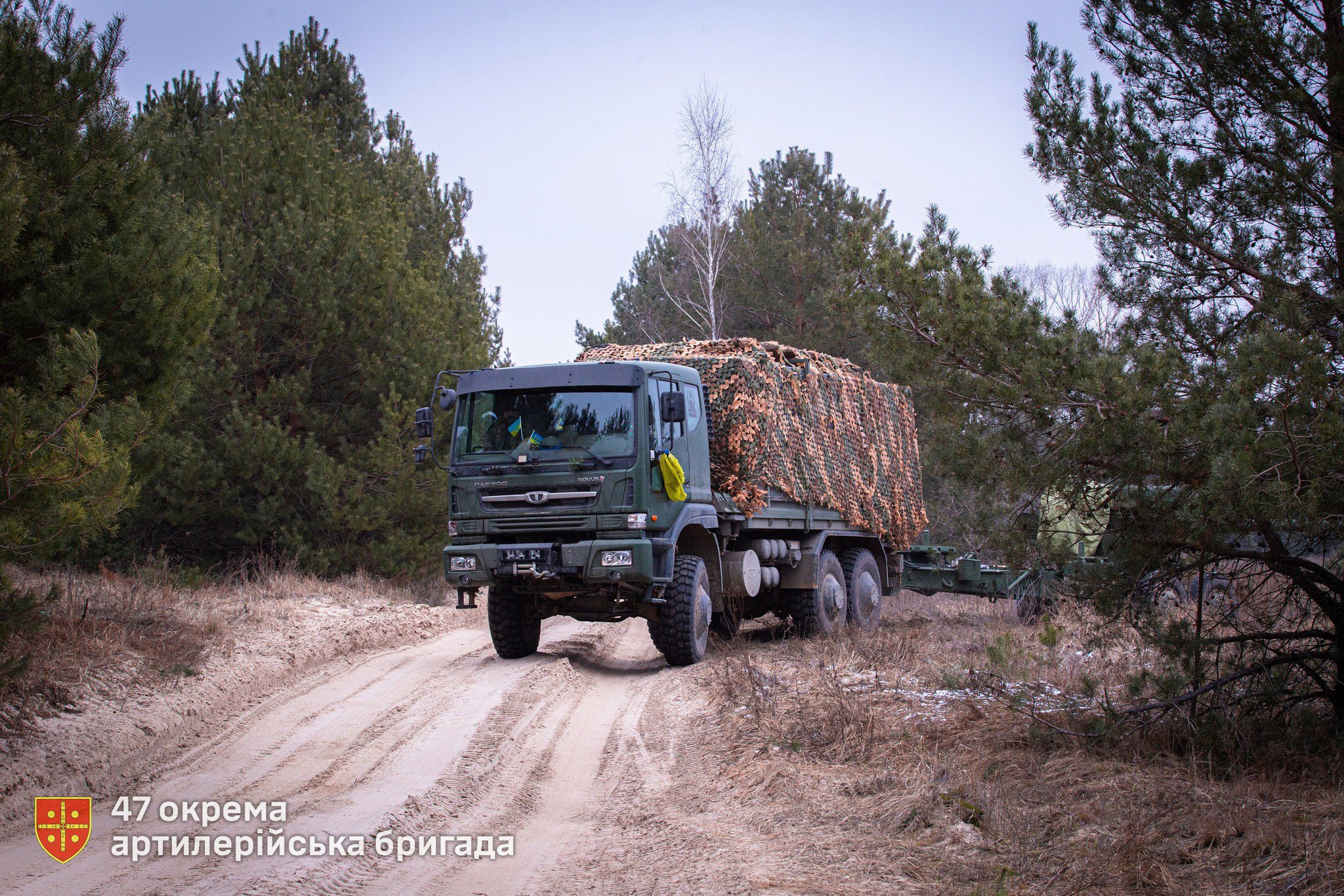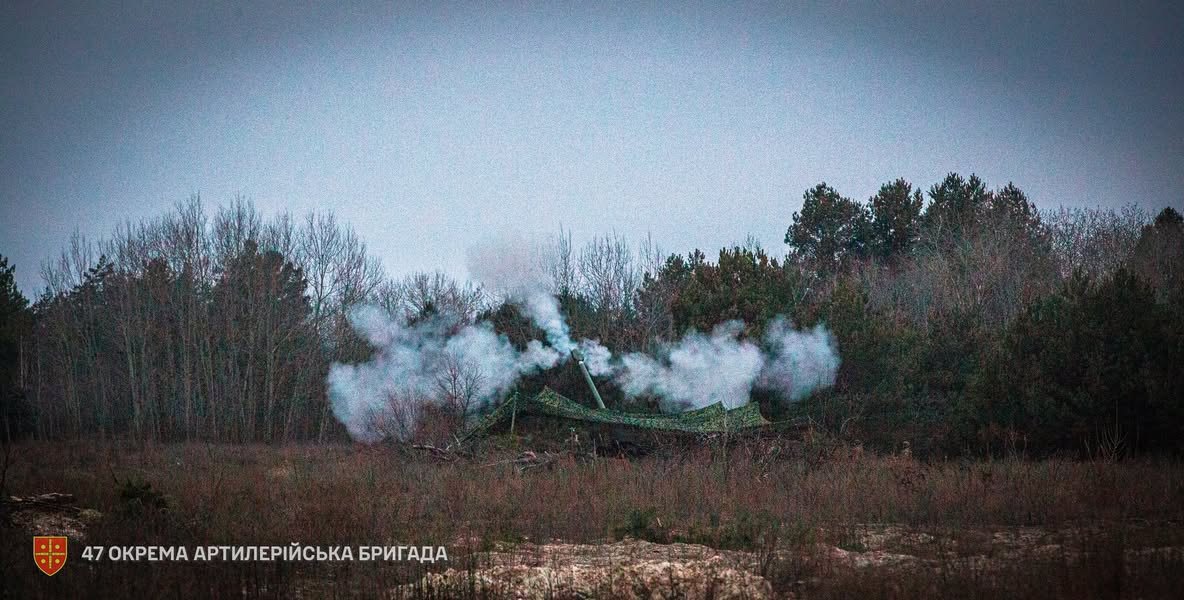Losses, maintenance, end-of-life repairs, barrel replacements, and the formation of new training units and rifle brigades all increase the need for artillery.

From the ongoing confrontation in the north – where small-group warfare and cross-border skirmishes continue – to operations in the Black Sea and lower Dnipro River, where both sides are engaged in anti-landing missions and supply disruption on the islands, artillery fire teams are essential everywhere.
Economics also play a key role. A trailer gun costs around €1.5 million, while a self-propelled gun is priced at €2.8 million. For comparison, the cost of a CAESAR system reached €4.5 million, with significantly higher operational expenses.
The choice of donor system was clear: the Hyacinth carriage, with its 8-metre barrel, is an ideal fit for a 155mm gun with a 52-calibre barrel. More than 2,600 units were produced, and they remain available on the market in countries ranging from Kazakhstan and Iraq to Finland.
Ukraine also has Hyacinth-Bs, but they rely on specific 152mm shells, which are in short supply. These munitions were designed exclusively for this system.

Meanwhile, Russia is struggling with shortages of such systems, as well as interchangeable barrels. North Korea and Iran cannot provide assistance, as they lack both the technological expertise and the necessary production capabilities.
At the initial stage, scaling up barrel production in Ukraine and the EU is easier. Several companies on both sides of the border manufacture 155mm barrels, including:
- The Kramatorsk plant (which currently produces up to 20 Bohdana guns per month, with chassis, not barrels, as the limiting factor)
- Rheinmetall in Unterlüß (which had a pre-scaling capacity of up to 450 barrels across various calibres)
- Aubert & Duval in France (operating since World War I, with expertise in titanium manufacturing)
- Swedish, Czech, and British shipyards, all of which are capable of producing barrels.
For several years now, it has been clear that drone warfare would not replace artillery. The conflict has already consumed 3 million American shells and 2 million European shells, including those from the Czech initiative. Both the US and the EU have been actively investing in expanding barrel production – and now they are reaping the benefits.
Moscow, meanwhile, had hoped to rely on Soviet-era stockpiles, but the failure of projects like the Coalition and the collapse of the Motovilikha plants have demonstrated that this strategy has not worked.
Increasing chassis production is more challenging and expensive. Therefore, it makes sense to use donor systems at the initial stage to accelerate production, reduce costs per unit, and leverage existing machine tool bases.
Whenever possible, Ukraine should follow Denmark’s model – investing defence funds into domestic production to ensure more combat-ready vehicles reach the front lines, rather than getting bogged down in bureaucratic plans and approvals.
It is likely that carriages from the D-20 and Msta will also be adapted for 39-calibre guns. This would be a logical and cost-effective move, aligning with initiatives like improvised air defence systems.
This pattern has played out in every major war. Even the outdated artillery of World War I was still used to devastating effect in World War II.
Judging by the fact that Bild recently published a story about firing at a German range – and that a prototype was rolled out last year – active work is underway to put it into mass production, eliminate initial flaws, and develop and transfer it to the troops.
The production sites in the EU and Ukraine are duplicated to ensure that organisational issues, bombings, sabotage, and strikes do not disrupt the entire supply chain.
The truck in the video is a Daewoo Novus 4x4 with an 11-tonne payload. It would be encouraging if localisation in Ukraine continued and even exceeded the declared 50%.

However, despite the air strike campaign and the loss of dozens of vehicles, the screwdriver-like assembly of heavy vehicles in the country remains a positive sign.
Towed artillery has demonstrated good survivability in the era of three-dimensional warfare – while it operated on the move from a base camp during the ATO/JFO, it can now also function from a stationary position.
A properly equipped, top-enclosed caponier with a long, gradual entrance; drone nets both above the position and inside the caponier; separation of the ammunition stock from the position by cellars and winding passages; and specialised air defence teams equipped with frequency analysers, electronic warfare tools, laser-guided man-portable air defence systems, and pump-action rifles all contribute to increasing its chances of survival.
Since KBs lag far behind their Western counterparts in accuracy – and because our electronic warfare capabilities continue to advance – it is difficult to achieve a direct hit on a blocked hood. Well-prepared positions are not easily neutralised by drones and KBs alone.
The rear of the West and the free world continues to support us. It may sound a bit grandiose, but it is true. This is why we now see the “second army of the planet” relying on donkeys and guns from Stalin’s era.








